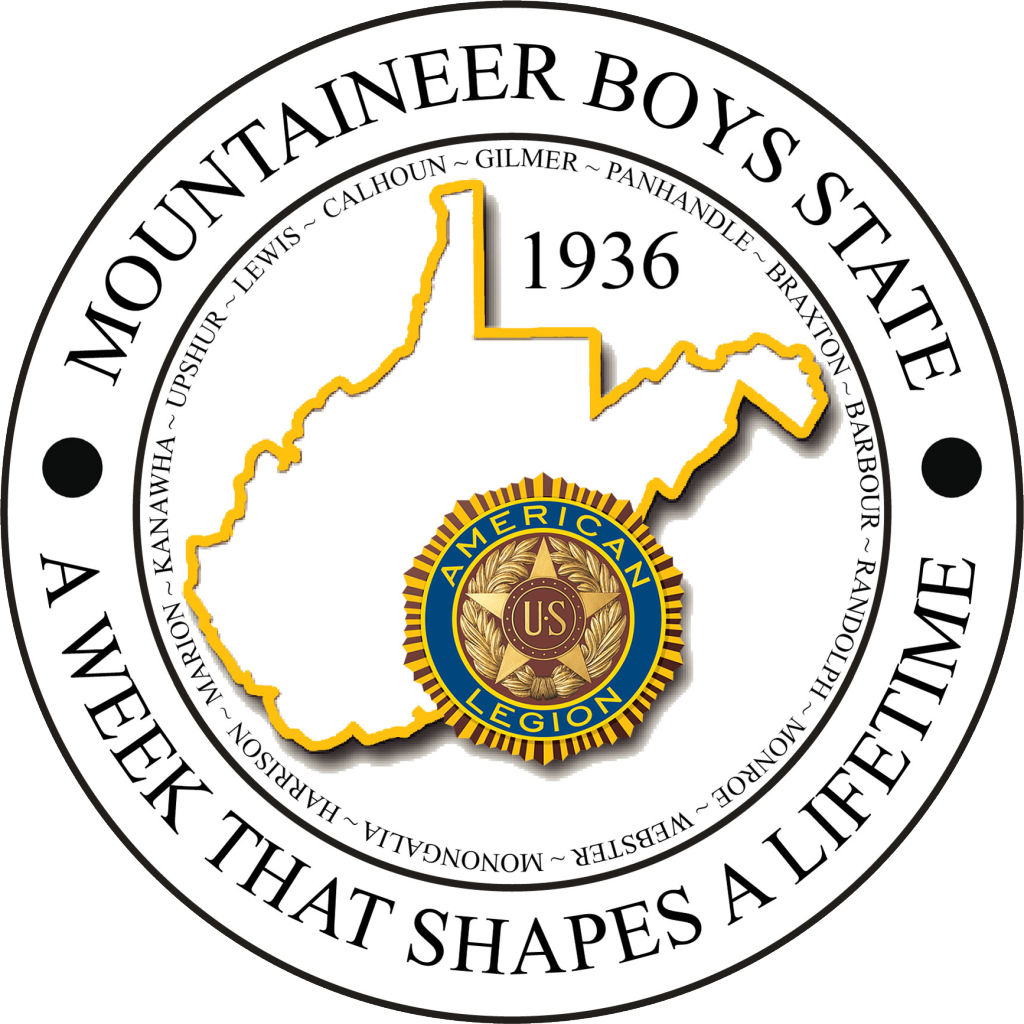Guns or Roses? Women in the Work and Military Forces
We’ve all seen them, the iconic and commanding images of a woman clad in anything but traditional, WWII period garb, rebelling by flexing her arm in resistance to the mechanical, German army and maybe even privately to American men, as well. This celebrated image is of “Rosie the Riveterâ€, a stubborn symbol of the woman who can work to support herself, “her man†at war, and the rest of her family, too.
According to History.com, American women “entered the workforce in unprecedented numbers during World War II, as widespread male enlistment left gaping holes in the industrial labor force.â€Â From the perspective of women in the late thirties and early forties and from that of women today, perhaps the rise of the Germans served them positively. Had they not had the chance to show the men in control that they really could “do itâ€, they would likely not have been given the privilege to “do it†again. After women successfully served as a dovetail to what was previously a jagged line of industrial occupation, they marched on to join the men in America’s fight for freedom. Yes, woman served as vital contributions to our forces in the fight against Germany.
History.com explains that “some 350,000 women joined the Armed Services,†and that “the aviation industry saw the greatest increase in female workers.â€Â This was possible not only because women had verified their competence in the field of industry, but also because America’s leaders were “impressed by the British use of women in service.â€Â After proving to be sufficient members of the Army, woman marched further, for the Coast Guard and Marine Corps “soon followed suit, though in smaller numbers.â€
Today, of course, around twenty percent of the American military is made up of women, and the numbers are accelerating positively. While we may think we are done with women’s rights or even close to being done with them or, for that matter, anyone’s rights, we should probably think again.
Ben Frye, Editor
